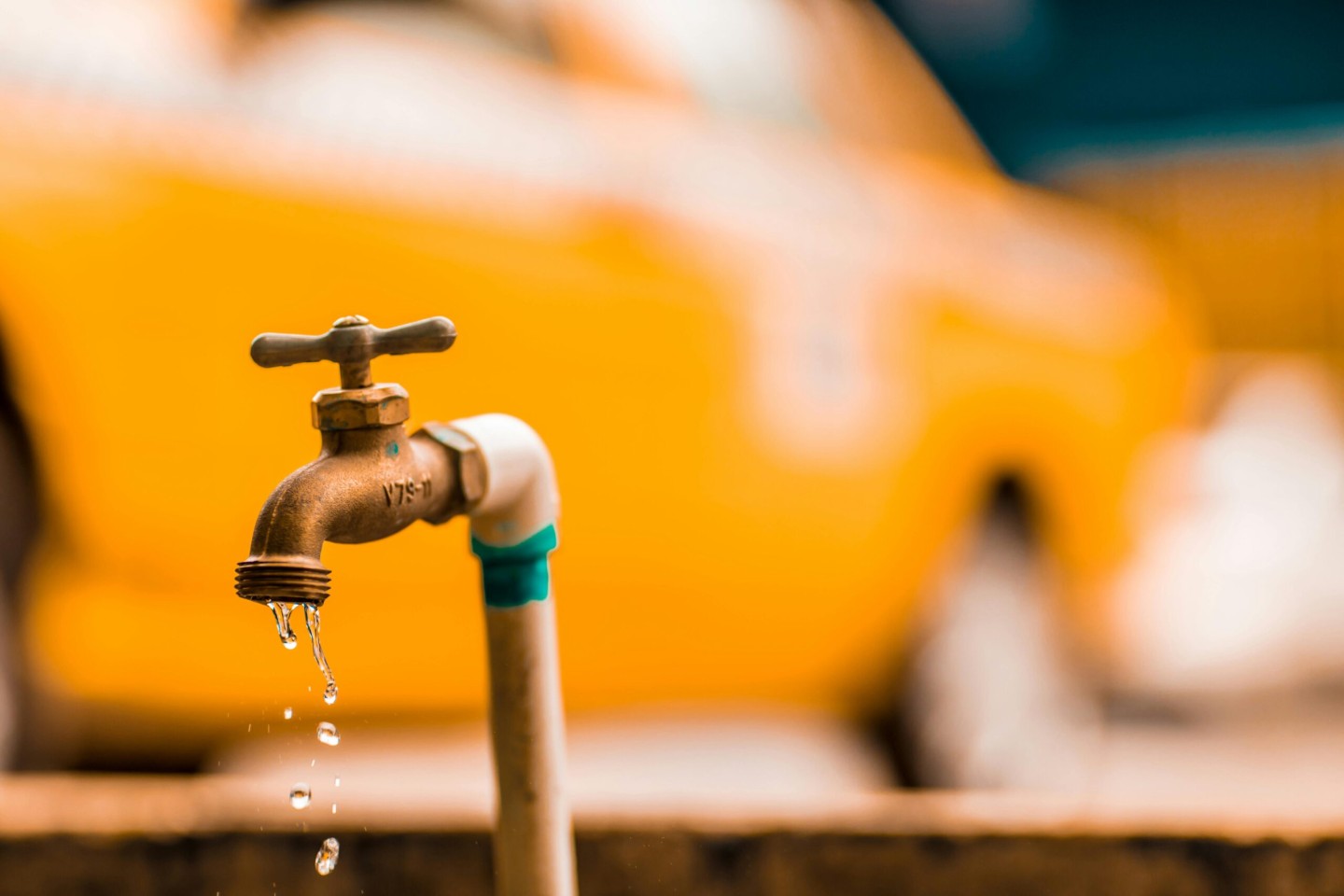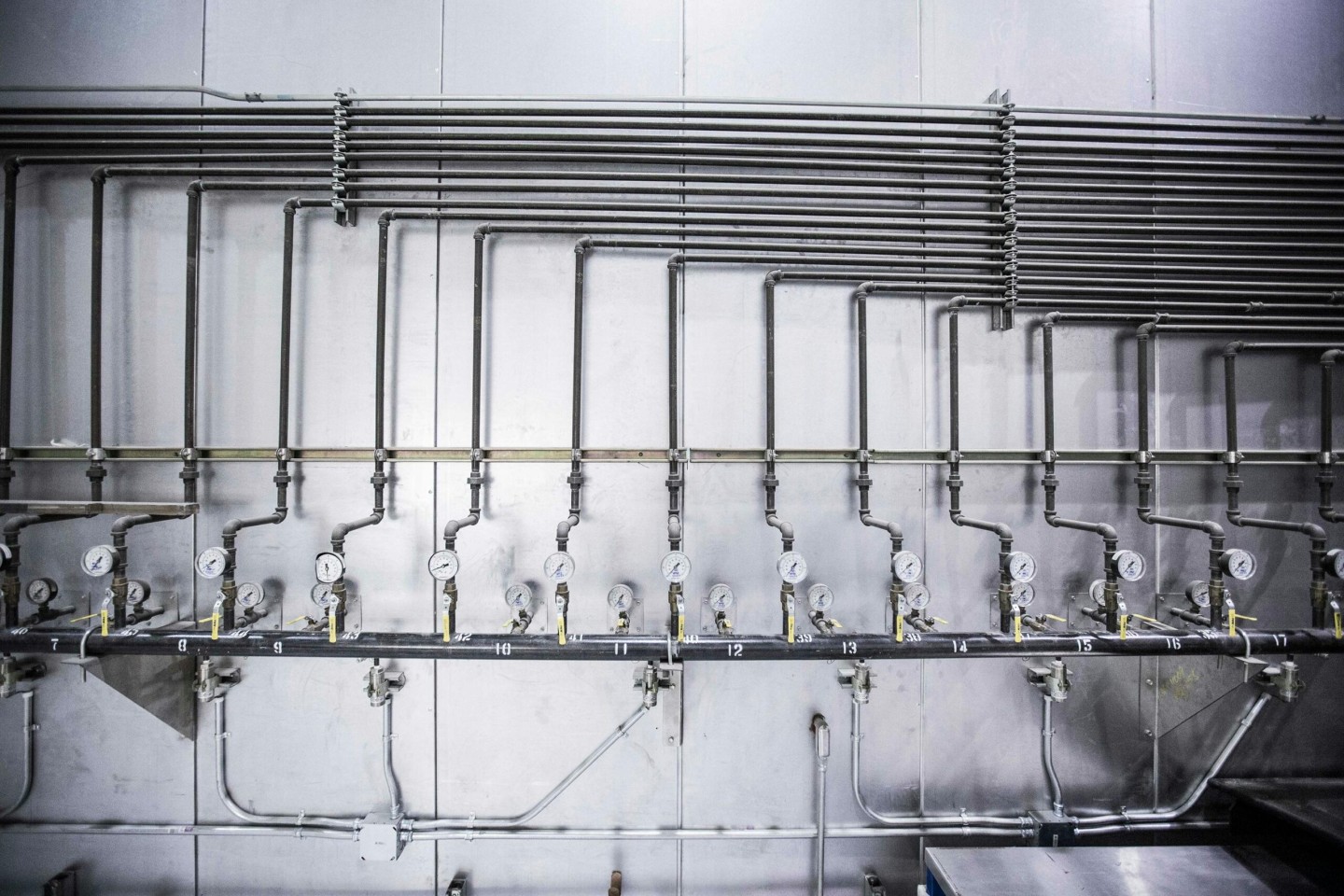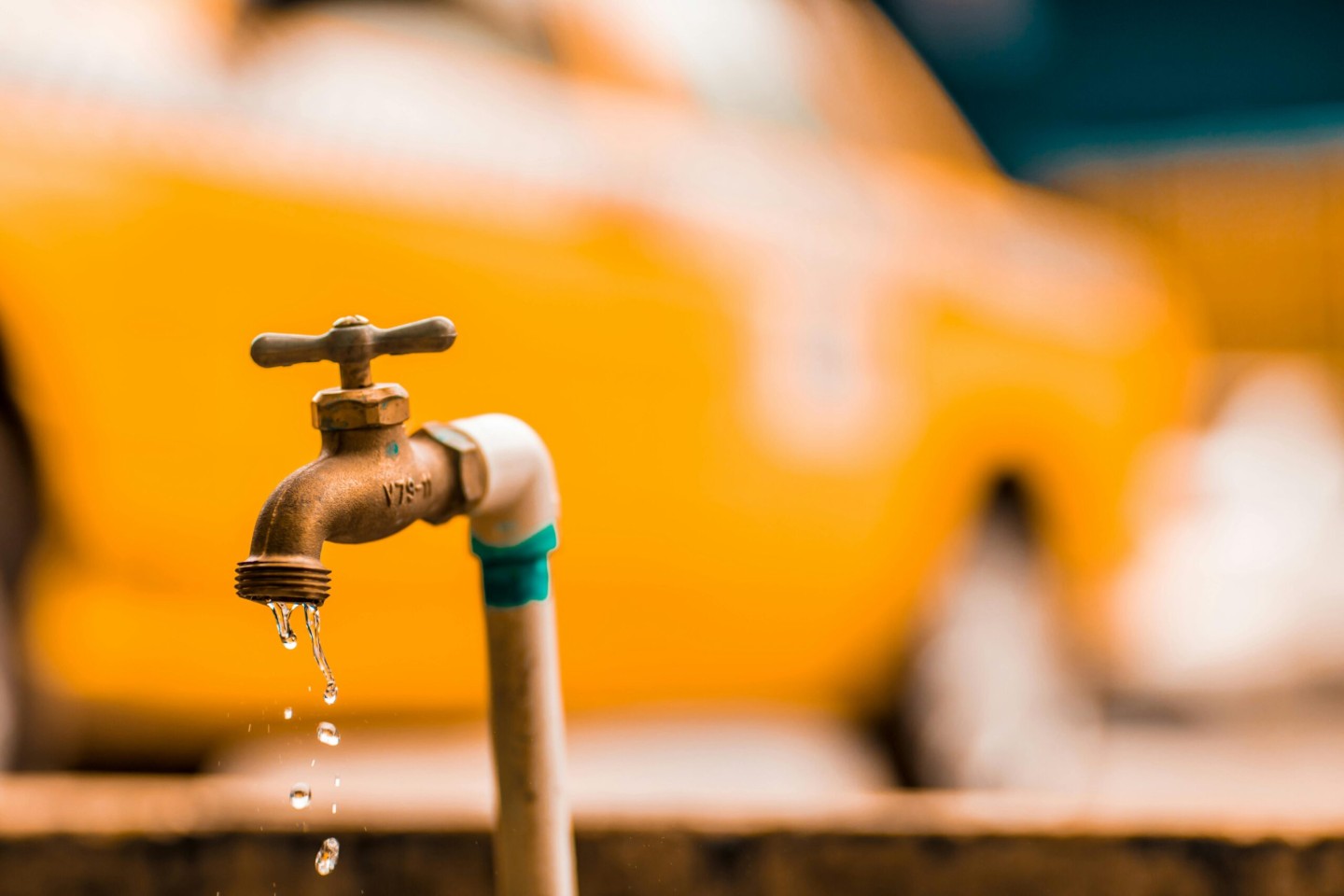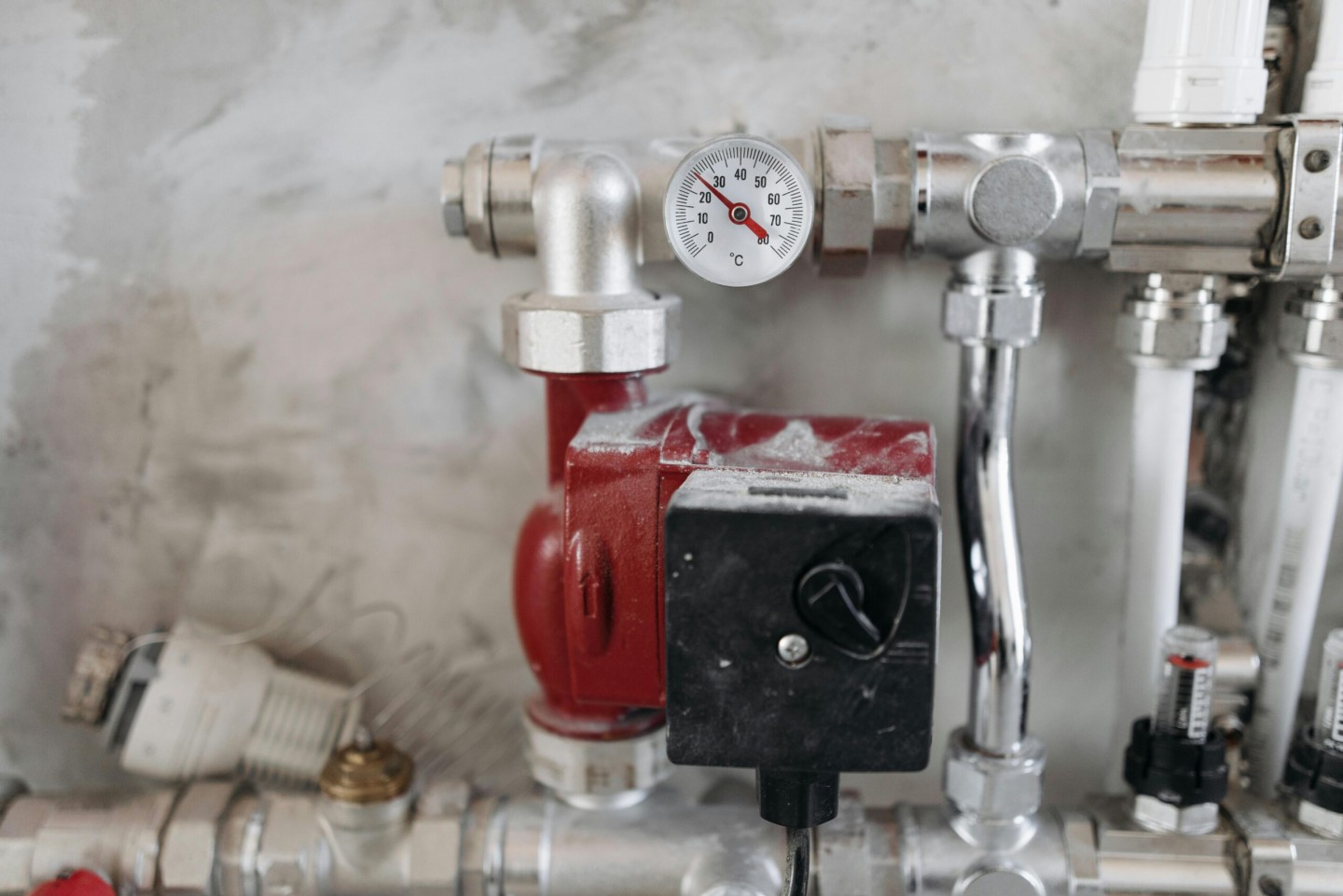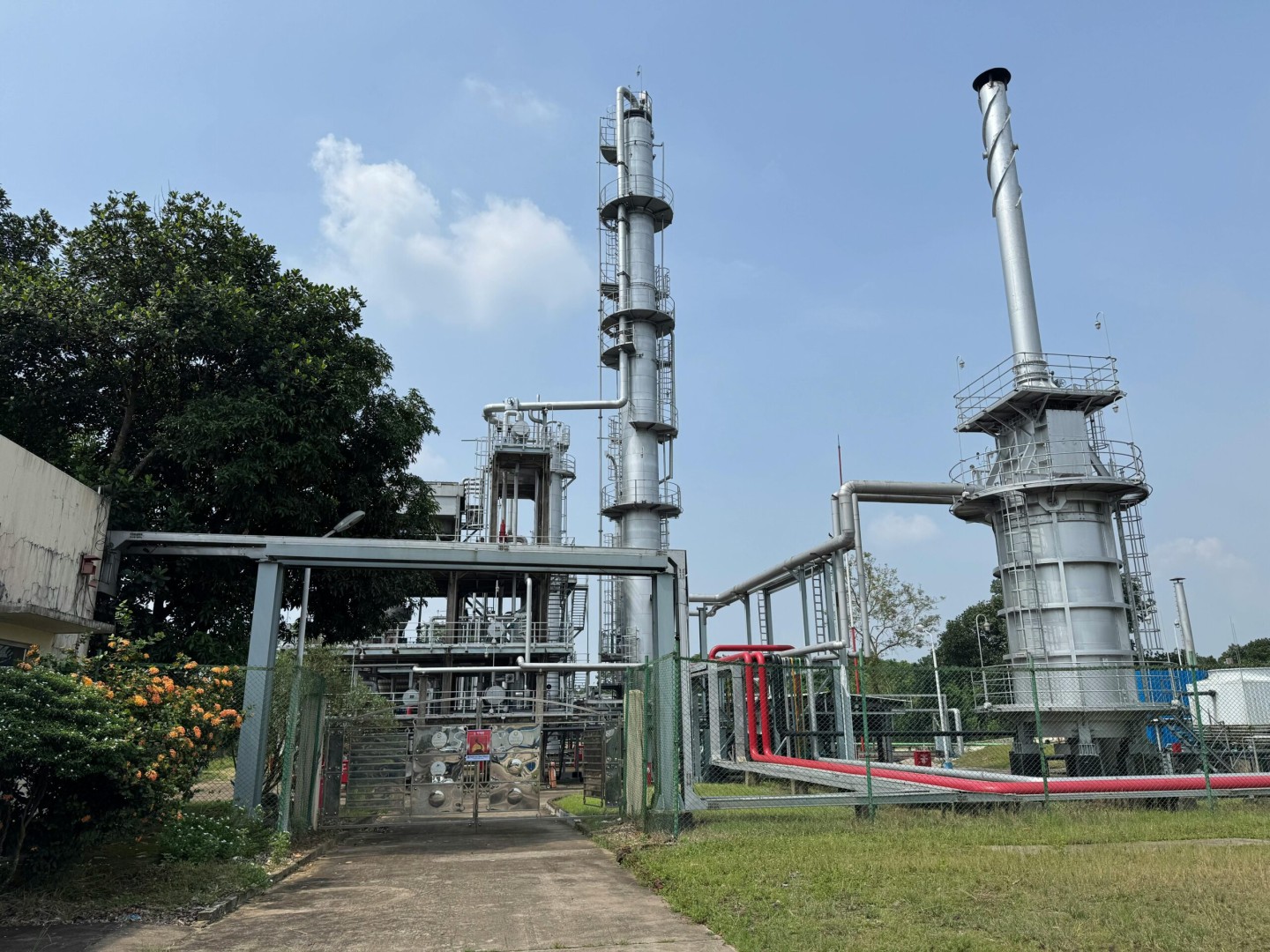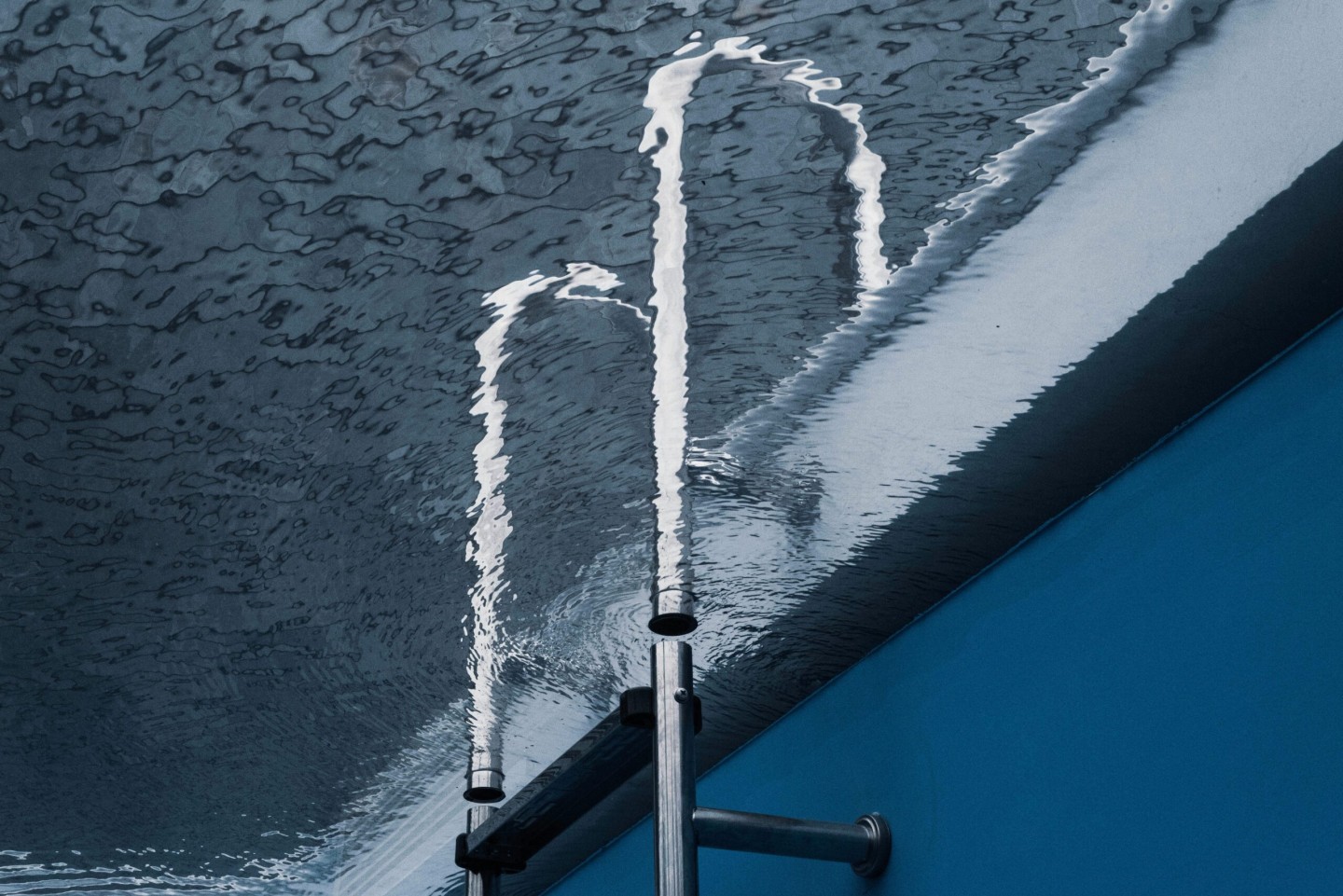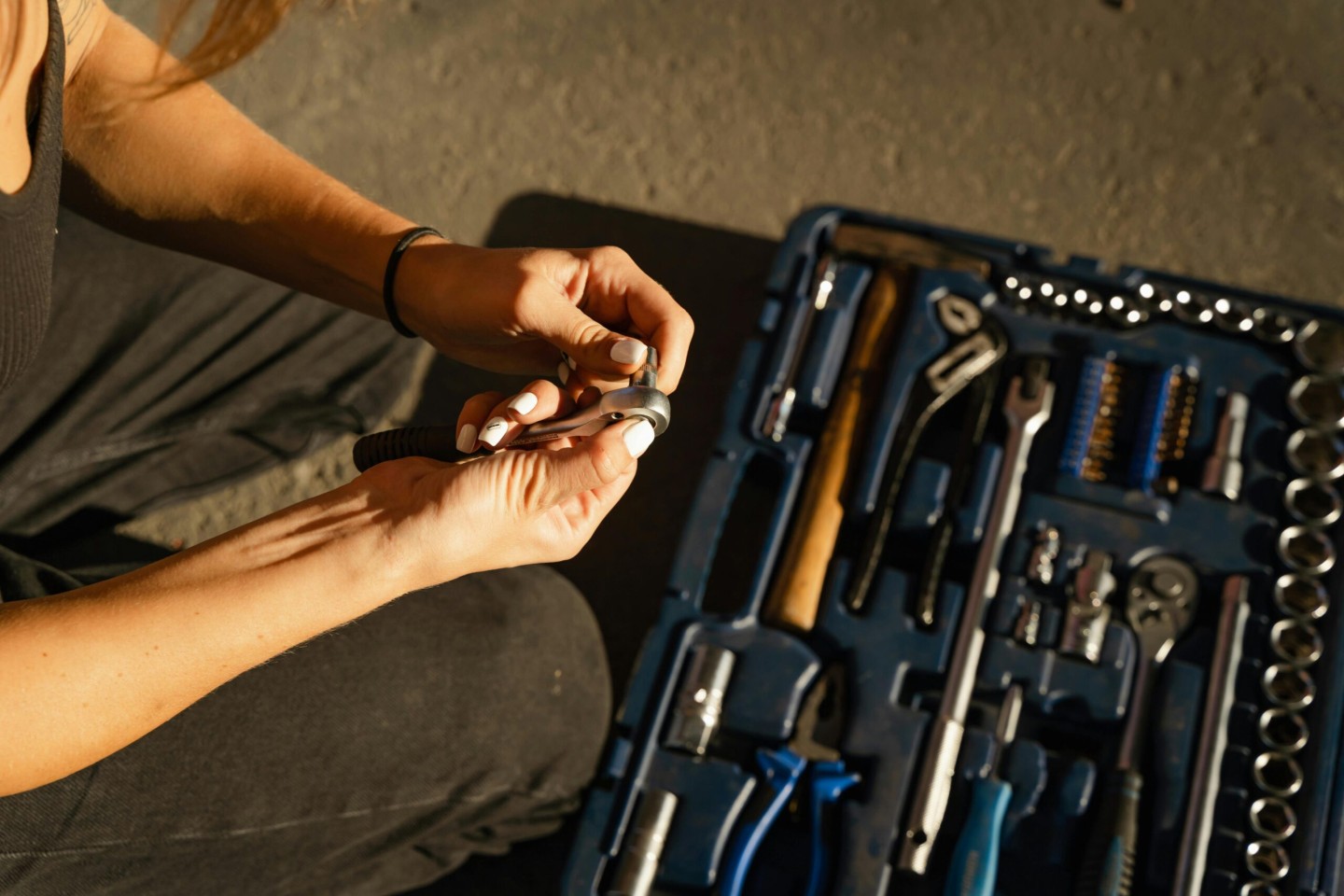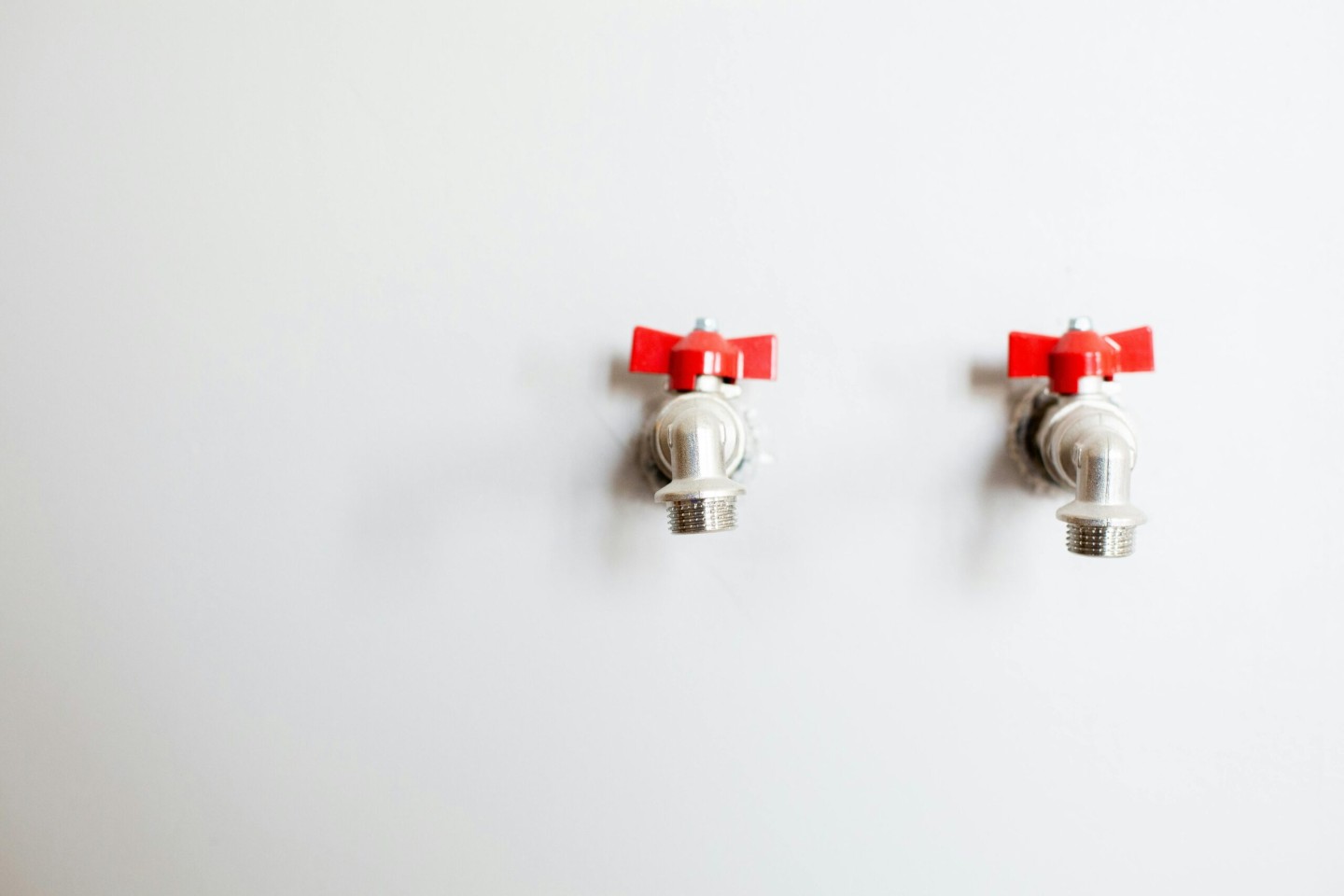Ensure your plumbing valves work flawlessly by mastering essential maintenance tips that boost system reliability and prevent costly breakdowns. Discover practical advice to keep your plumbing running smoothly and avoid emergency repairs. Learn more to protect your home’s vital systems today.

